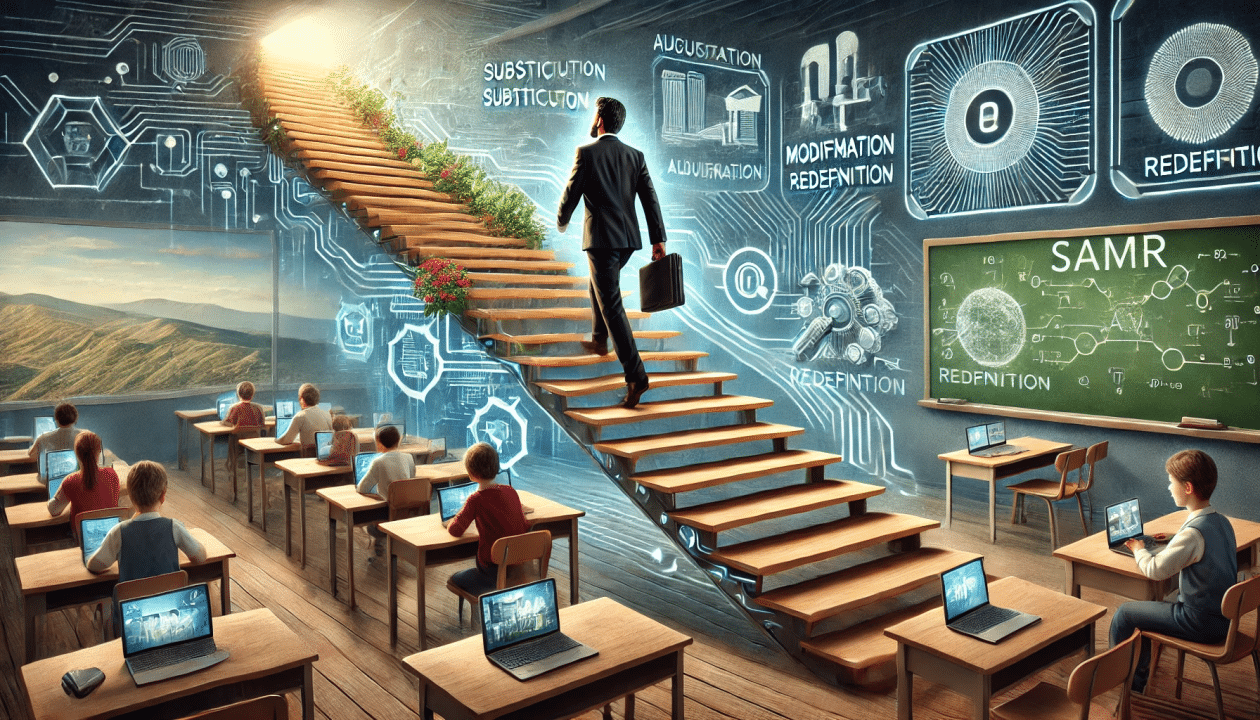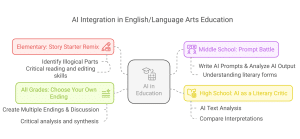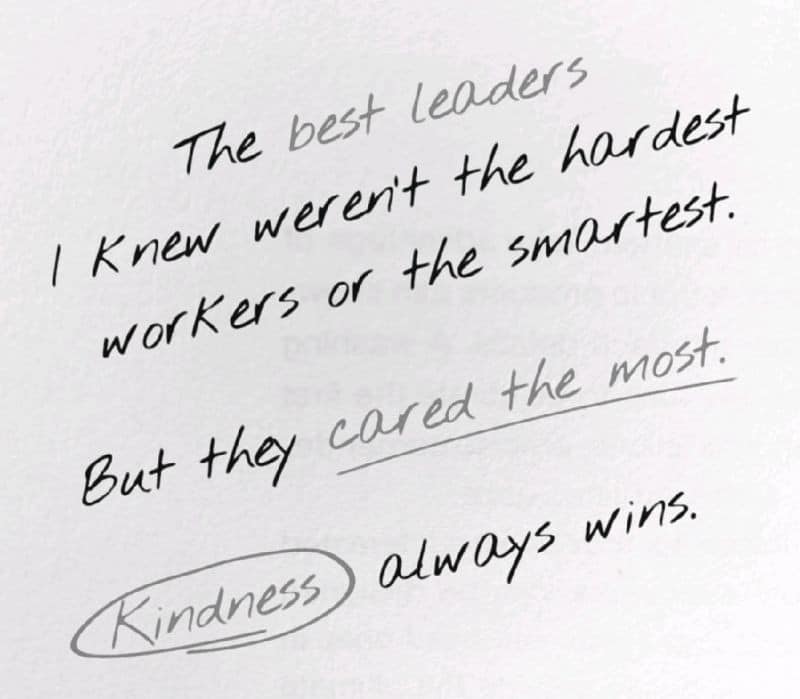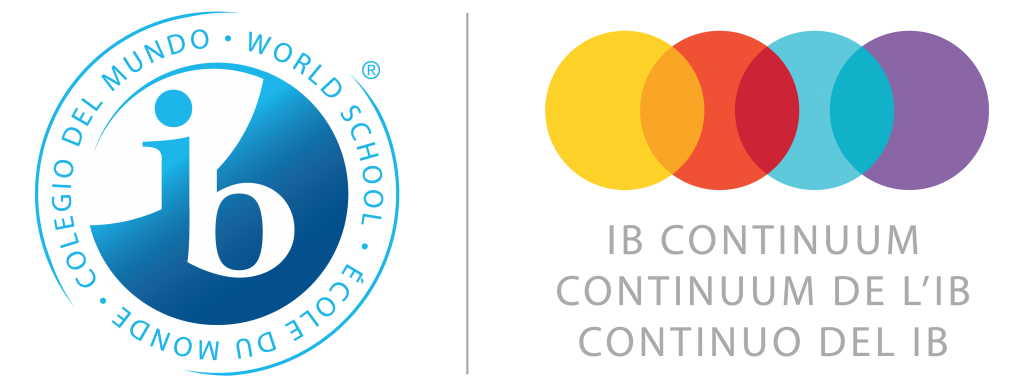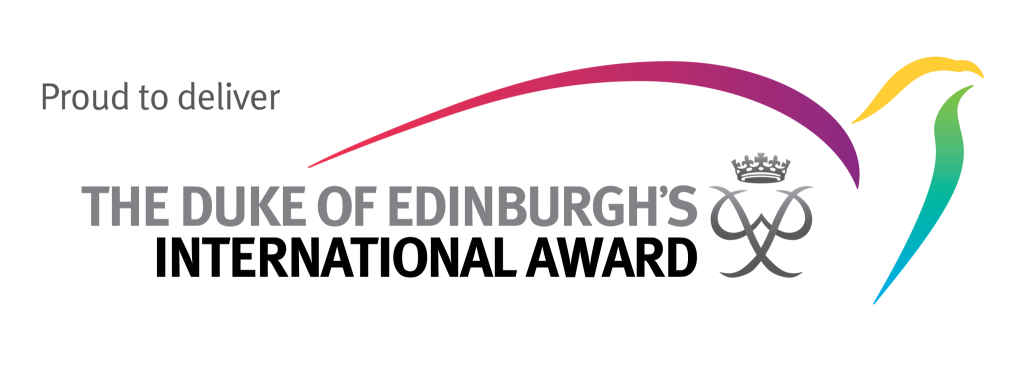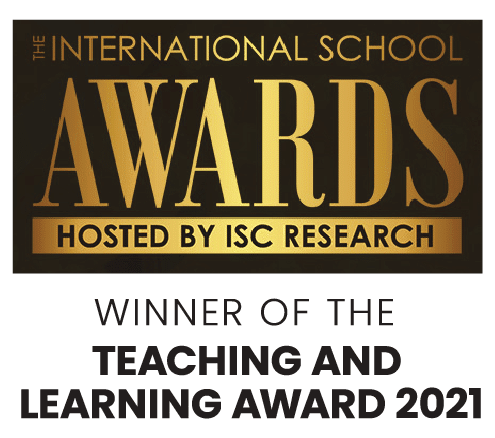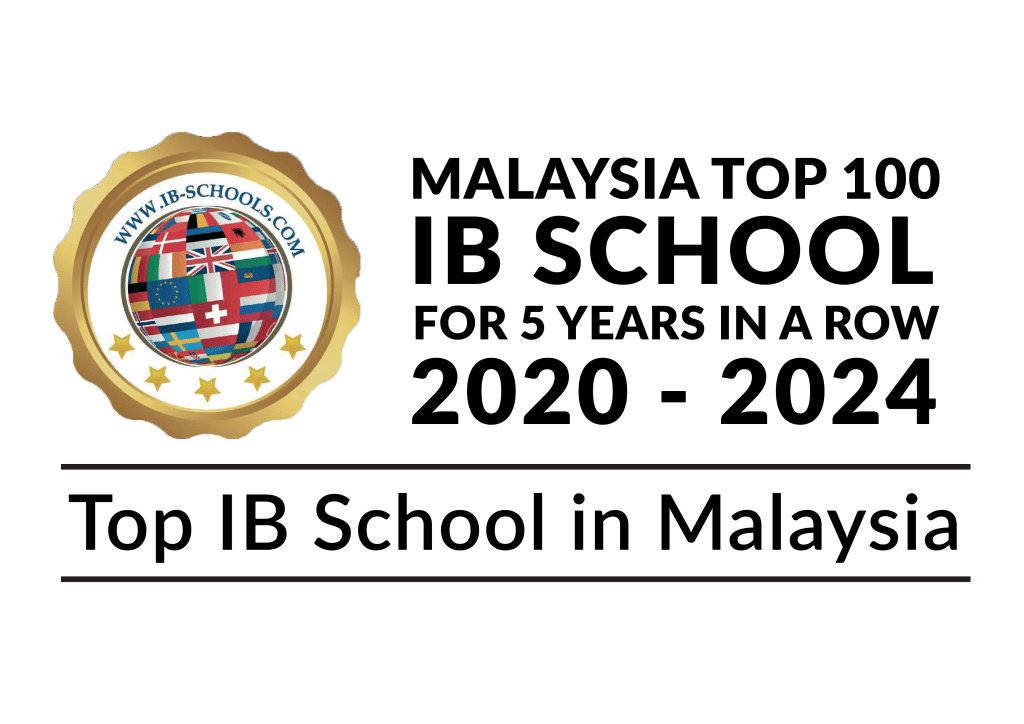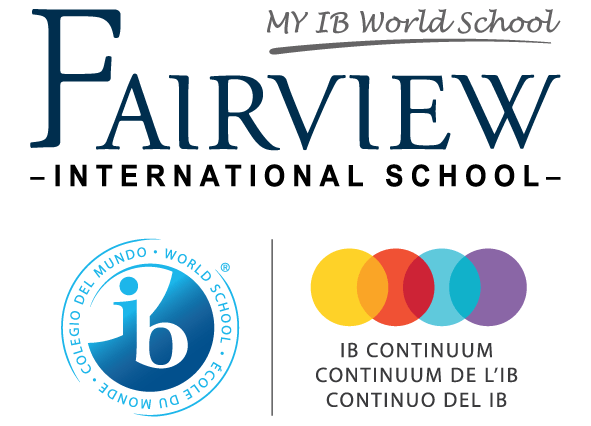At Fairview International School, we believe that learning isn’t just about keeping up with the world—it’s about preparing students to shape it. That means teaching them to think critically, act ethically, and adapt confidently in a world where artificial intelligence is rewriting the rules.
And yet, in too many schools in Kuala Lumpur, the conversation around AI in education still sounds… outdated.
We’ve all been there—the AI moment during a staff meeting. Someone brings up ChatGPT, and suddenly there are two camps: those bracing for the robot apocalypse, and those seeing it as a glorified Google search. 🤖📚
The go-to framework that usually follows? SAMR: Substitution, Augmentation, Modification, Redefinition.
While SAMR has earned its place as a starting point for understanding technology integration, it’s not enough—especially not in IB classrooms where inquiry, reflection, and action are central to the learning process. AI is not just another classroom tool. It’s a new kind of collaborator.
Why SAMR Falls Short in IB Classrooms
Let’s give SAMR credit: it was a game-changer when it launched. Dr. Ruben Puentedura’s model helped schools make sense of how to bring technology into the classroom—not just digitize, but transform.
But here’s the challenge: SAMR was designed for tools. AI is not just a tool. It’s a dynamic, adaptive thinking partner.
In the context of the IB Middle Years Programme or the IB Diploma Programme in Malaysia, where critical thinking, interdisciplinary inquiry, and student agency are core pillars, SAMR doesn’t reflect the kind of transformation that AI makes possible.
To put it simply: if we treat AI as a more efficient typewriter or calculator, we’re missing the real opportunity. Worse—we’re underselling our students’ capacity to use these tools meaningfully.
If we only use AI at the “Substitution” level we’re missing out on 90% of its potential. We’re stuck in the grocery store parking lot while a whole racetrack awaits. A 2023 study found that 68% of educators felt their institutions were primarily using technology at the substitution or augmentation levels, with little impact on pedagogical approaches. (Johnson, et al., 2023).
Reimagining AI in the Classroom—Subject by Subject
The real potential of AI in learning doesn’t come from replacing what already exists—it comes from rethinking what’s possible. Here’s how we’re exploring AI across subjects in ways that reflect the values of the International Baccalaureate programme in Malaysia and the ethos of Fairview International School:
1. Turning AI into a Subject-Specific Superpower:
📝 English/Language Arts
- Elementary: Story Starter Remix – Students edit an AI-generated story opener—rewriting plot holes and weak details. Teaches editing and narrative logic.
- Middle School: Prompt Battles – Students compete to create the most effective prompt for generating poetry in a chosen style. Sharpens syntax, structure, and poetic devices.
- High School: AI vs. Literary Critic – Students compare AI-generated literary analysis with their own and scholarly sources. Teaches synthesis and critique.
- All Grades: Collaborative Fiction – Students co-create alternate endings with AI, then vote as a class on the strongest narrative arc.
🔢 Mathematics
- Elementary: AI Mistake Detective – Spot the flaw in AI-generated math solutions. Encourages precision and number sense.
- Middle School: The Equation Whisperer – Use AI to decode complex word problems. Emphasizes real-world math translation.
- High School: Data Analysis Duo – Analyze real-world datasets (e.g. climate change) using AI tools. Students draw their own conclusions.
- All Grades: AI as a Personal Tutor – On-demand support helps students clarify difficult concepts.
🧪 Physics
- Middle School: Fact-Check the AI – Research a physics topic with AI, then test it with an experiment. Teaches the scientific method.
- High School: Simulation Station – Use AI to simulate physical phenomena. Adjust variables and analyze results.
- High School: Research Assistant Mode – Tackle complex topics (like quantum mechanics) using AI and academic research.
- All Grades: Step-by-Step Problem Breakdown – Use AI to deconstruct real-world problems and explain them clearly.
🌍 Social Studies / History
- Elementary: Whose Story? – Review AI-generated history summaries. Identify missing perspectives.
- Middle School: Better Questions, Better Answers – Practice phrasing historical questions to get deeper insights from AI.
- High School: Comparing Narratives – Compare AI’s take on history with trusted sources. Spot bias and context gaps.
- All Grades: AI Role-Play – Build historical personas with AI. Act them out to explore different time periods.
2. Rethinking Assessment in the Age of AI
The IB programme in Malaysia values process as much as product. AI helps us evaluate how students think—not just what they know.
- AI-Enhanced Debates: Students use AI for research but present arguments on their own.
- Learning Journals: Students reflect on their AI use and how it affected their learning process.
- AI Critique Projects: Evaluate an AI-generated solution or essay. Encourage deeper analysis.
- Open-Book, Open-AI Tests: Prioritize application and critical thinking over memorization.
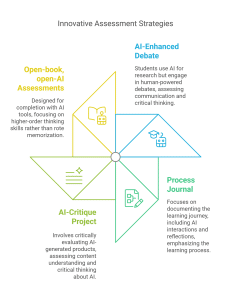
3. Ethical Thinking and Emotional Intelligence with AI
We take IB’s focus on principled action seriously. Students must navigate ethical and emotional dimensions of AI use:
- English: Discuss plagiarism and the importance of original writing, even when using AI for inspiration.
- Math: Discuss the ethical implications of using AI to solve problems without understanding the underlying concepts.
- Physics: Discuss the ethical responsibilities of scientists and engineers when using AI in research and development.
- Social Studies/ History: Discussing AI bias when studying historical events.
4. Thinking About Thinking: Teaching Metacognition with AI
In the Primary Years Programme, the Middle Years Programme, and the IB Diploma, students are encouraged to reflect deeply on their learning. AI supports this metacognitive process.
- “How did this AI tool change how I wrote my poem?”
- “Did AI help me understand the physics concept, or just solve the problem?”
This kind of thinking is part of IB’s Approaches to Learning (ATL) and is integral to our mission as one of the top-rated international schools in Malaysia.
The Payoff: Real Engagement, Real Learning
As one of the leading IB international schools in Malaysia, Fairview International School is committed to preparing students not just for university—but for life.
Used with intention, AI makes learning:
- ✅ Engaging – Interactive and relevant
- ✅ Empowering – Students become creators, not consumers
- ✅ Collaborative – Encourages partnership between student, teacher, and AI
- ✅ Teacher-Friendly – Supports existing strengths in pedagogy
At Fairview International School Kuala Lumpur, we don’t use technology for novelty—we use it to enhance rigor, reflection, and relevance across all IB programmes in our school.
This is how we unlock student potential. This is how we future-proof education.
Works Cited
-
- Abrami, P. C., Bernard, R. M., Borokhovski, E., et al. (2015). Strategies for teaching students to think critically. Review of Educational Research, 85(2).
- EDUCAUSE Learning Initiative. (2023). 2023 EDUCAUSE Horizon Report | Teaching and Learning Edition.
- Gonsalves, C. (2024). Generative AI’s Impact on Critical Thinking: Revisiting Bloom’s Taxonomy. Journal of Marketing Education, 1.
- Johnson, A. M., Lee, M. H., & Lee, H.S. (2023). Exploring the Implementation of the SAMR Model in K-12 Education. Journal of Educational Technology & Society, 26(3).
- Pew Research Center. (2022). Public Views of Artificial Intelligence.

